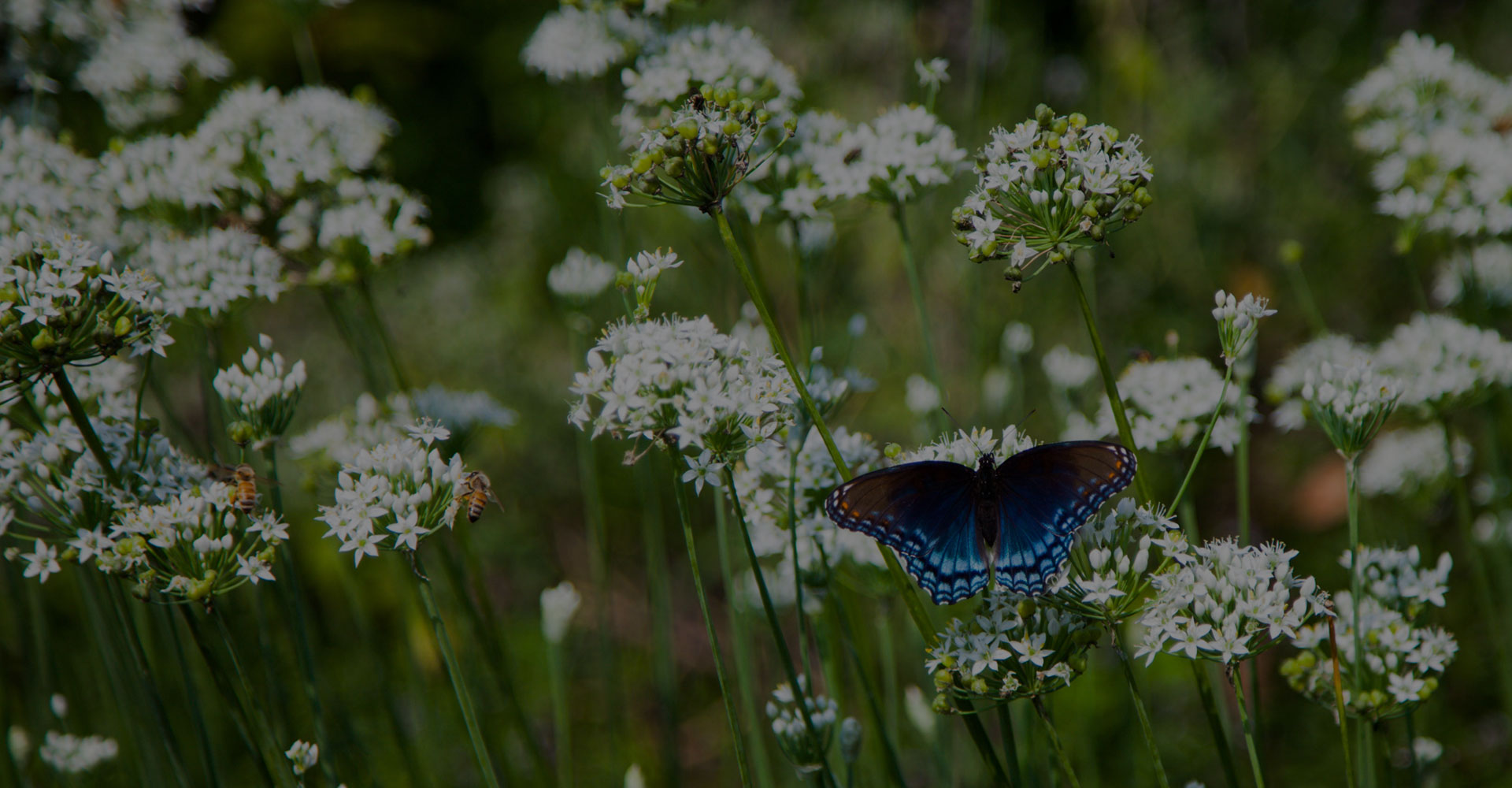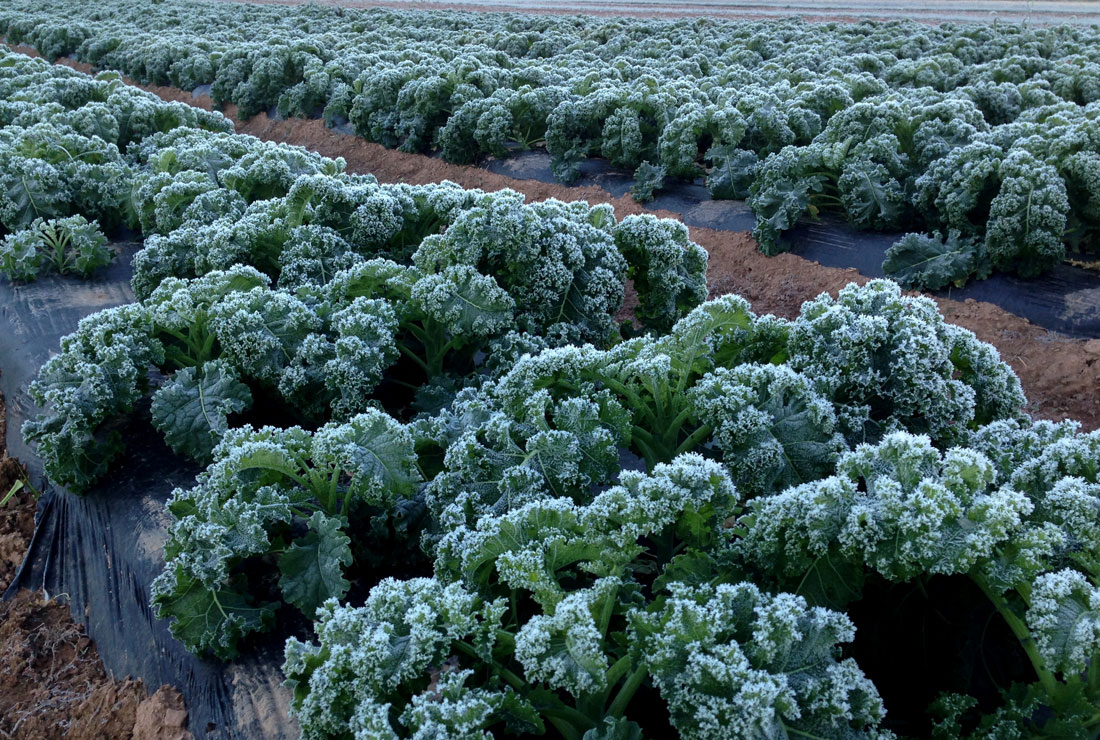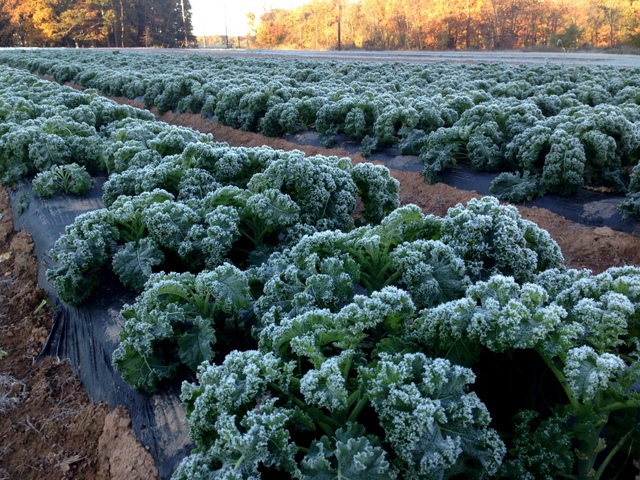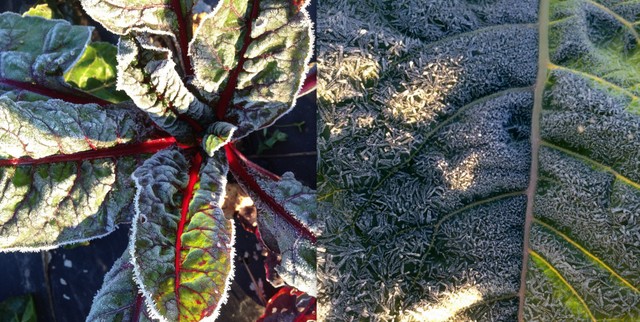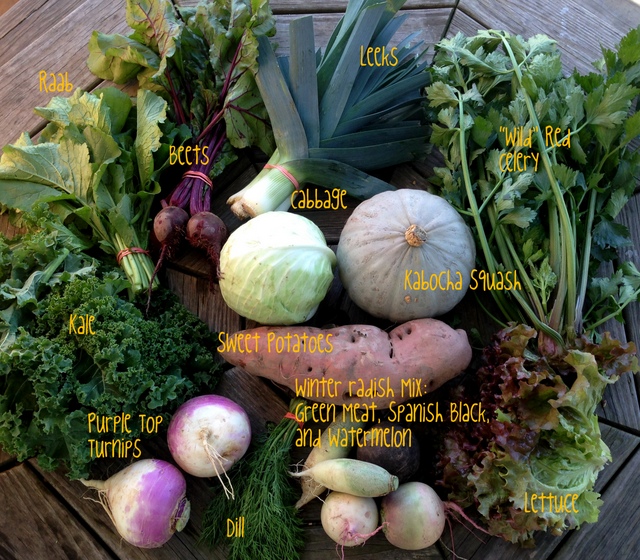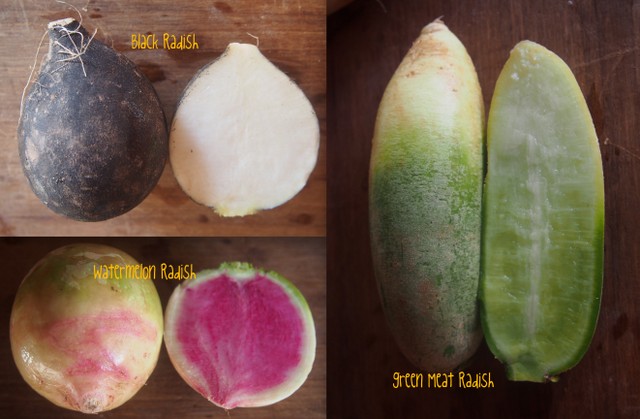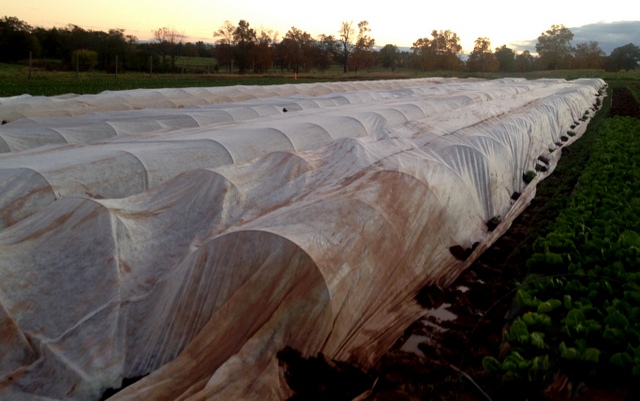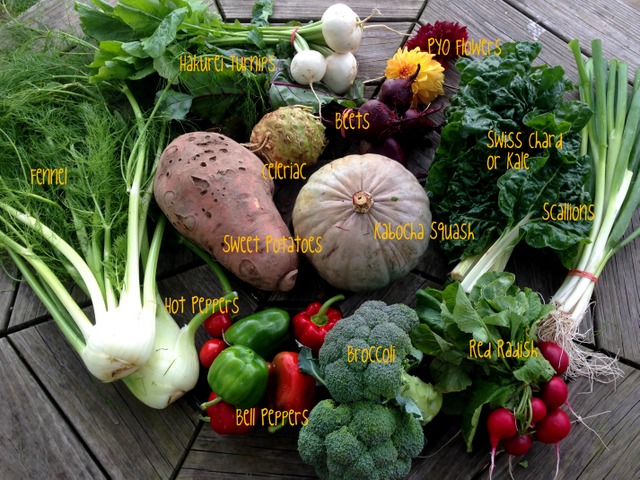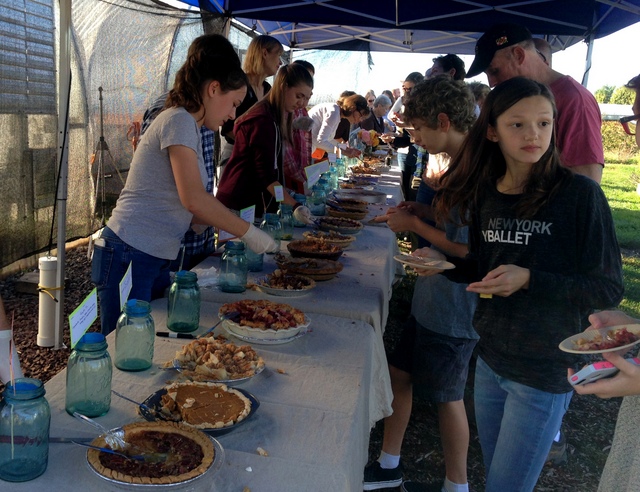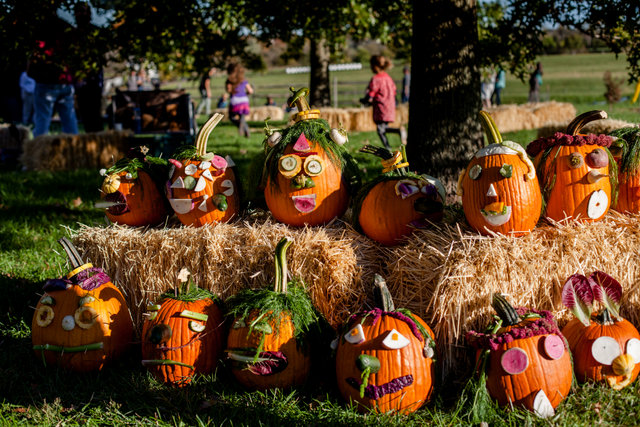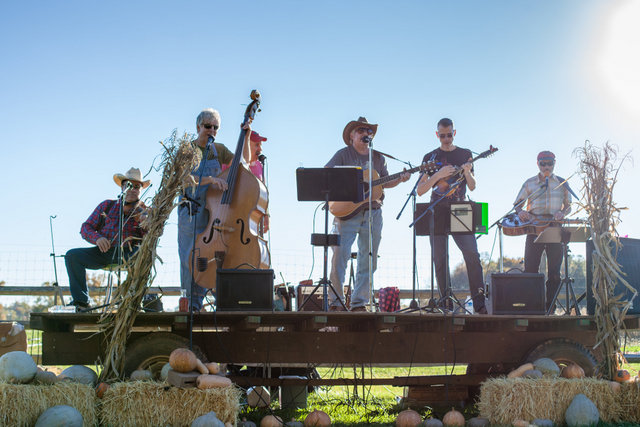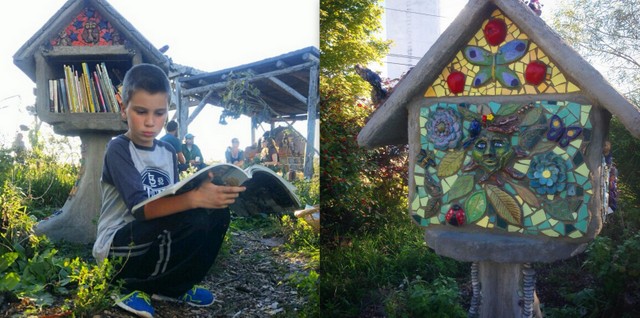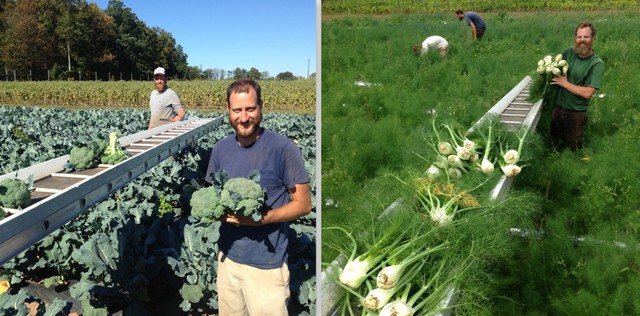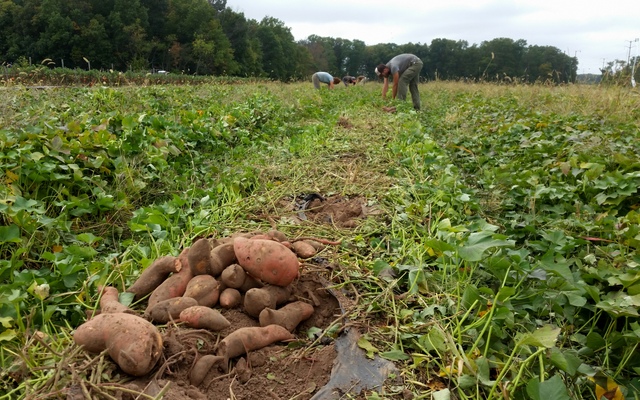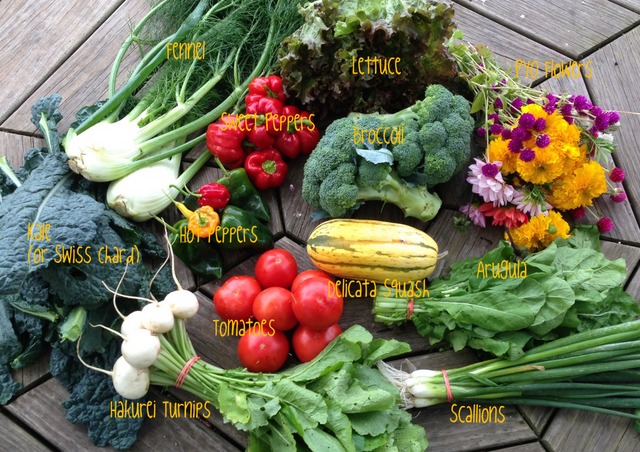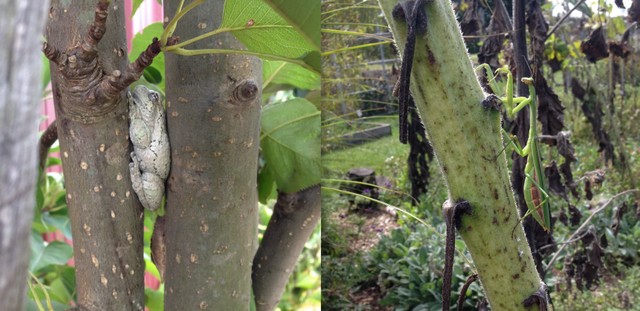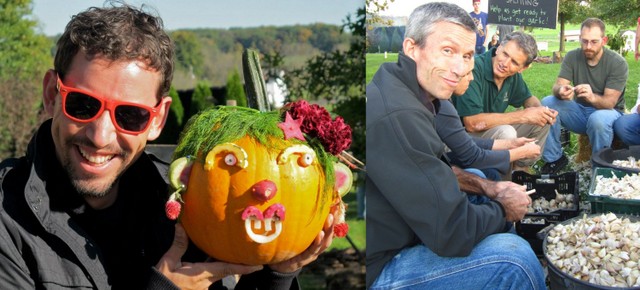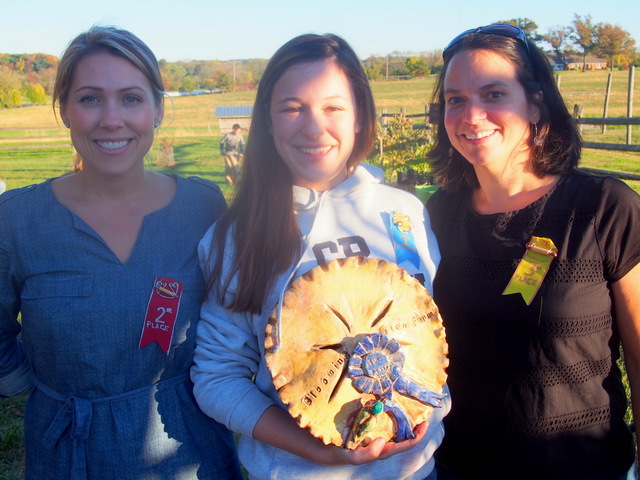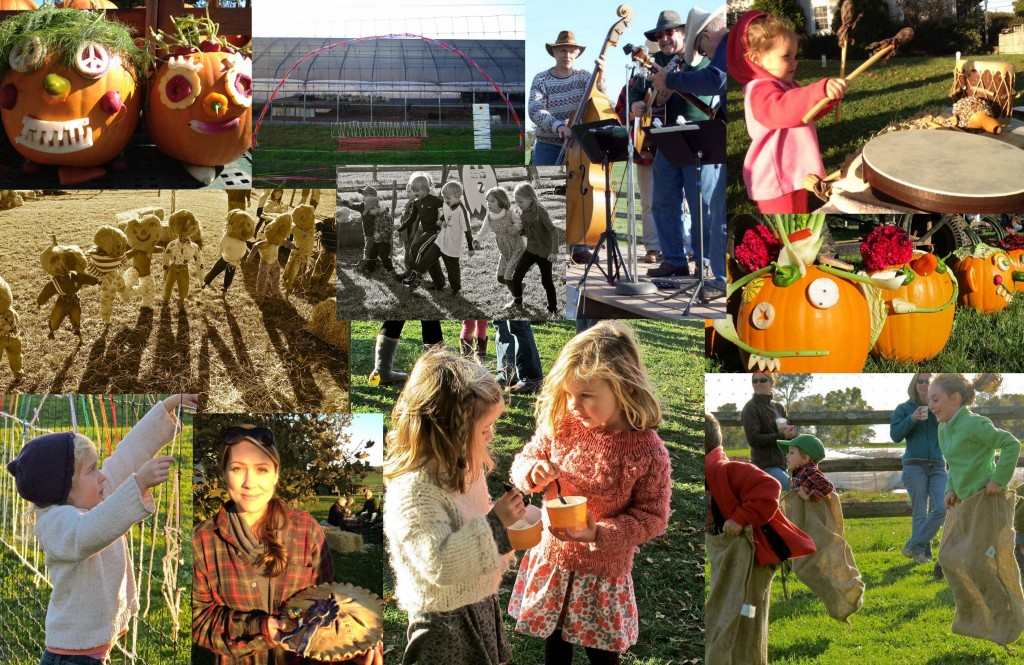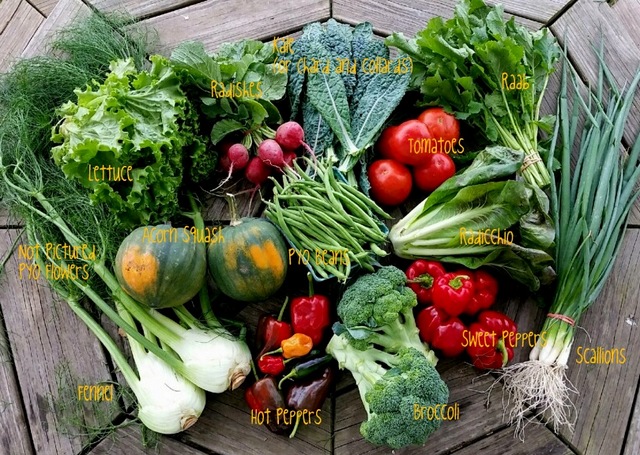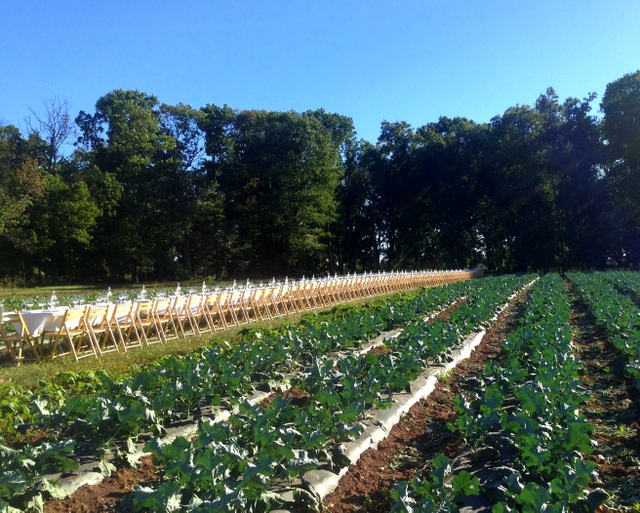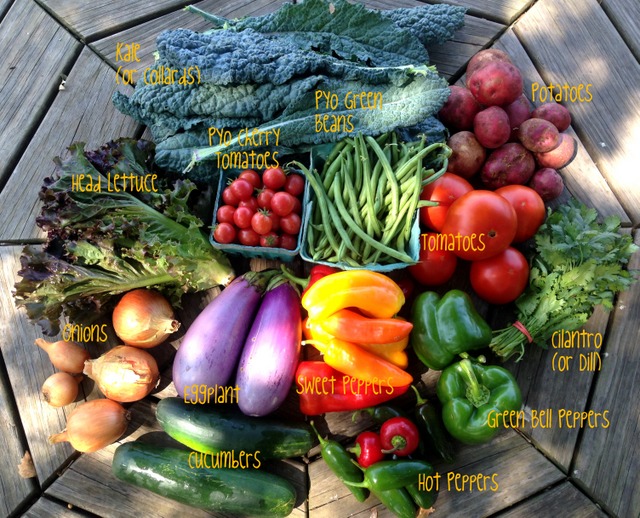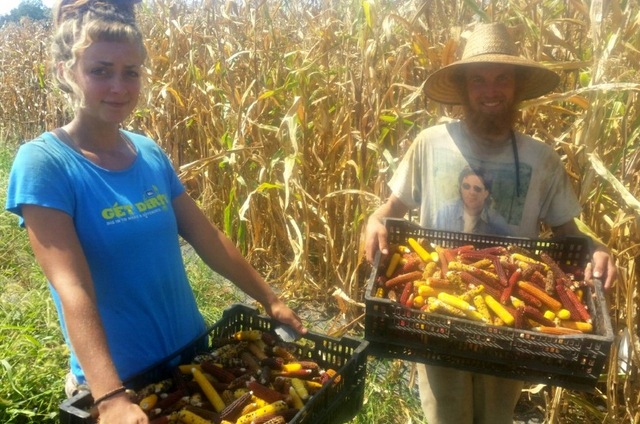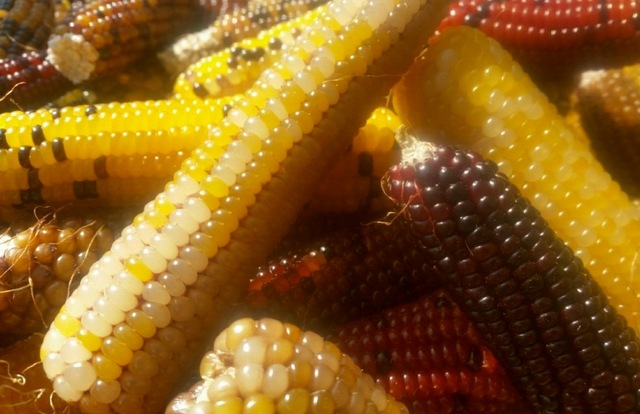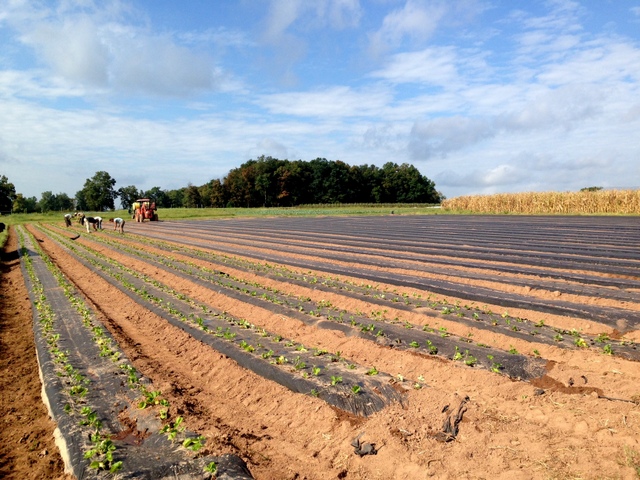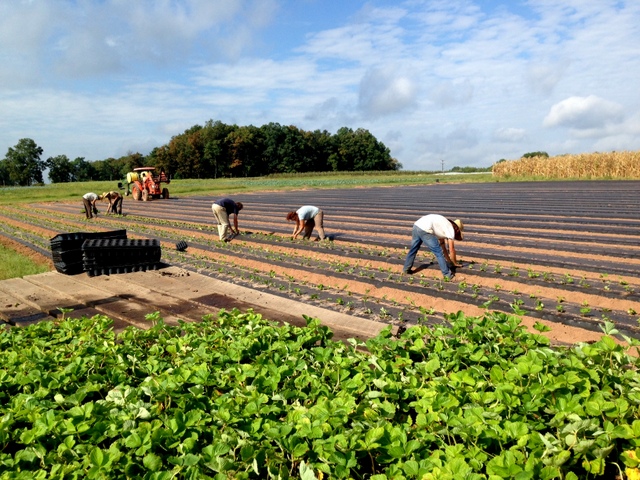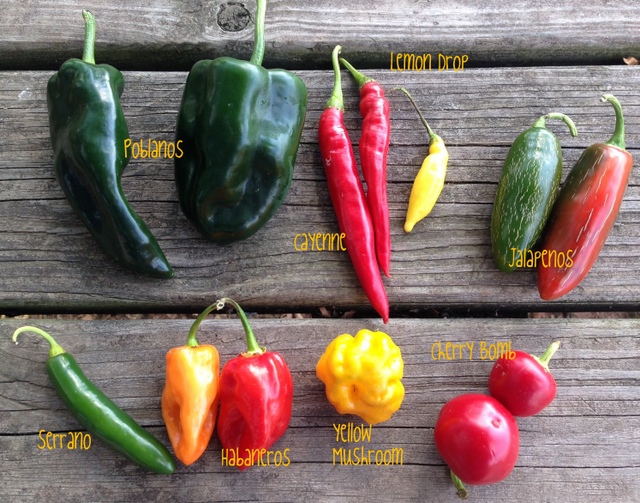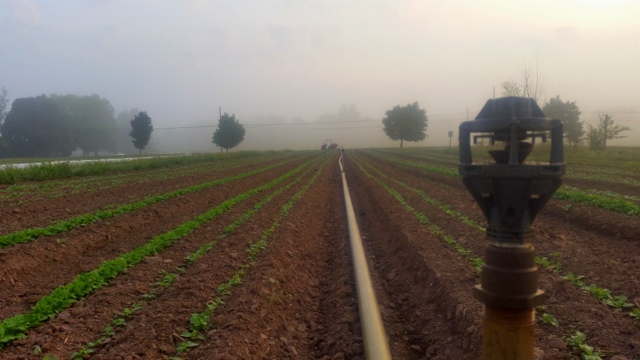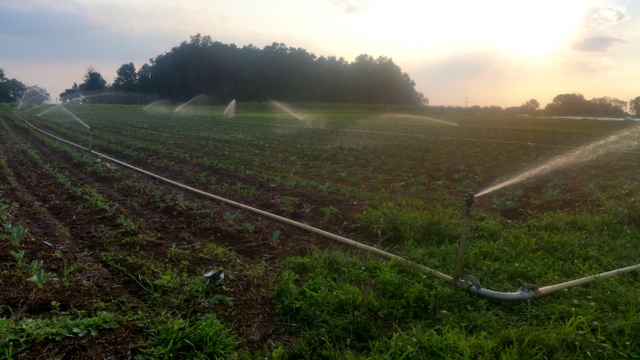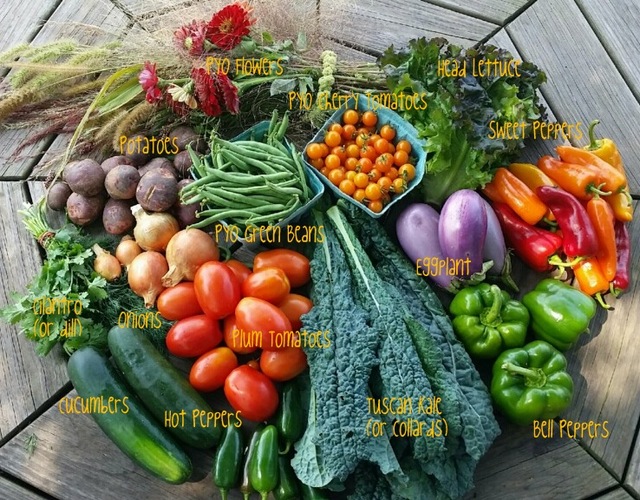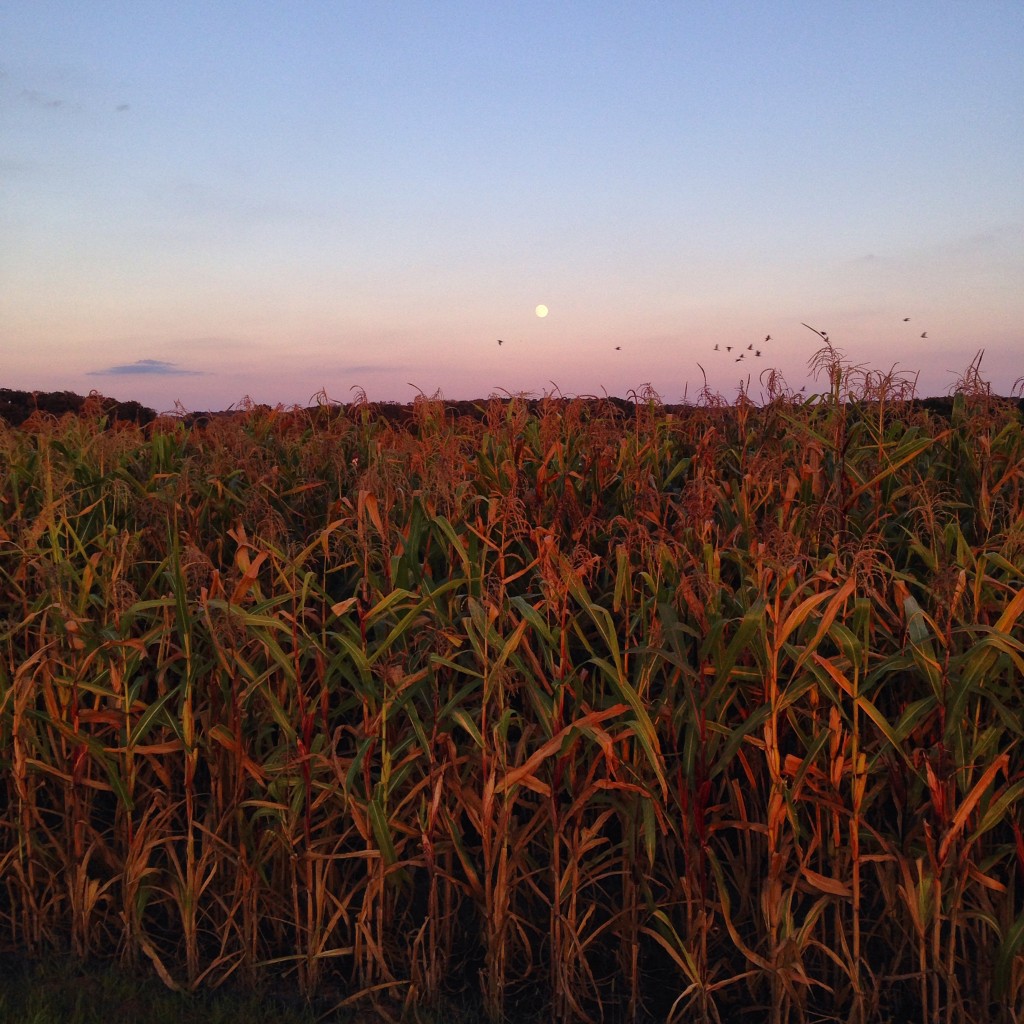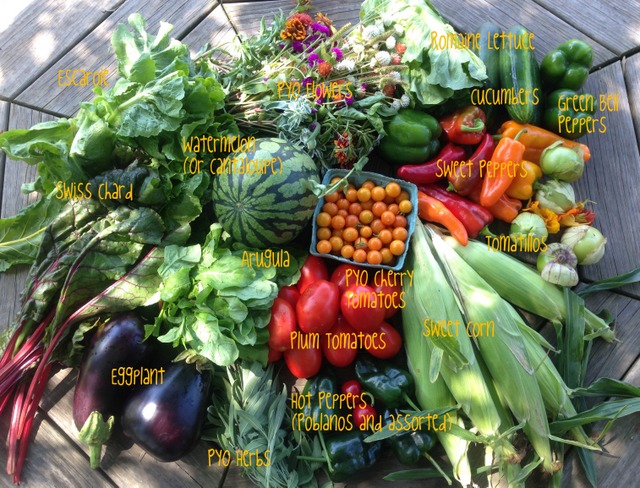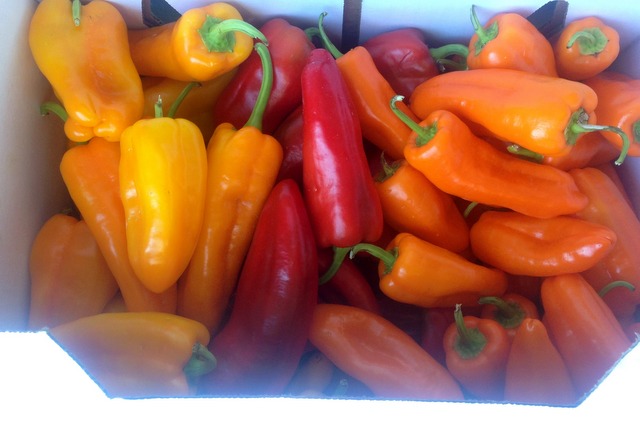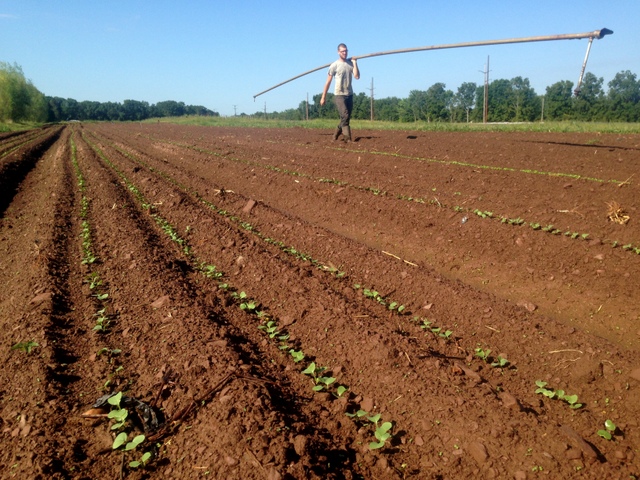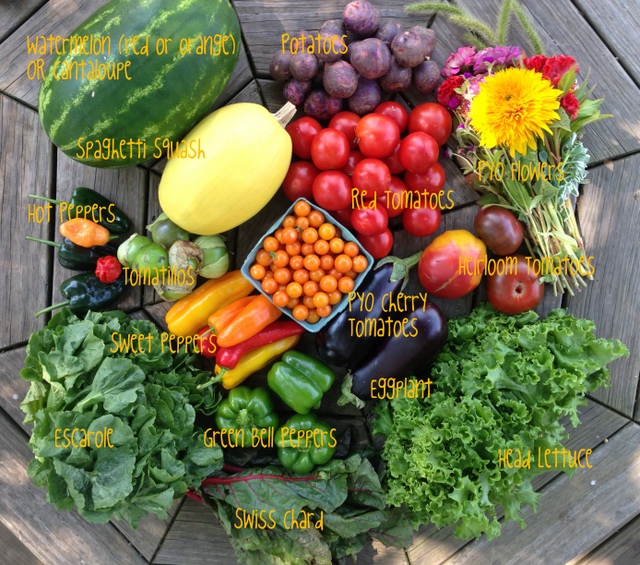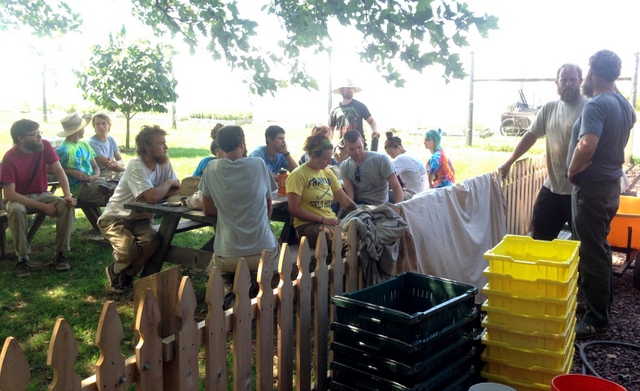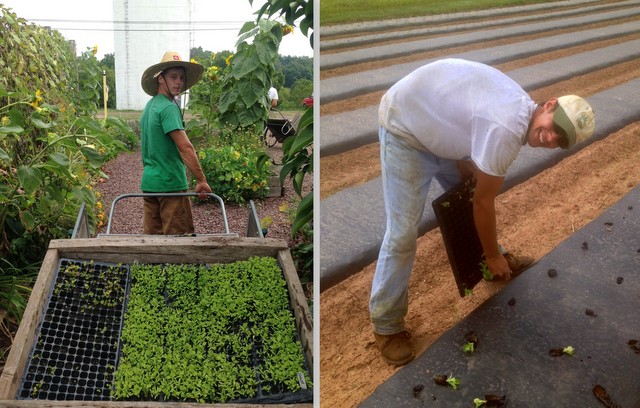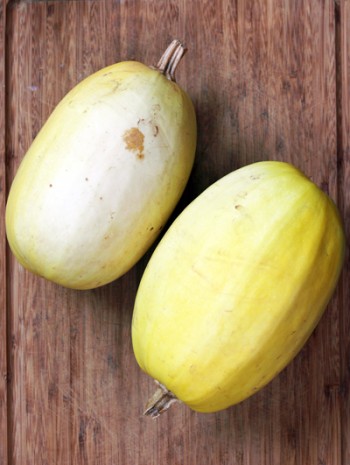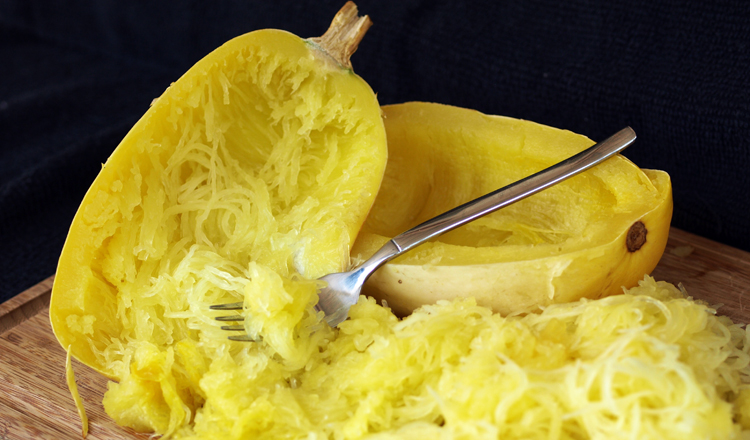21 Oct Season winds down with the first major frost
We woke to a frosty winterscape Monday morning, with the low temperature dipping down into the mid 20’s. It is always with mixed emotions we greet this time of year. There is a certain relief to see the page turn on the season, to think about planning and improving and moving into a less physically demanding time on the farm. It is with barely stifled glee that we gaze on the skeletal remains of the weeds we have battled all summer, but bittersweet to see the end to the peppers and tomatoes that have been tenuously holding on for the past few weeks. And I was a bit choked up to see my beautiful dahlias, even in the hoop house, smoked by the cold. Sigh.
Despite the freeze warning proclaiming direly “the growing season is ending” the reality is there are many cold tolerant vegetables still in the ground, still being harvested. Though it is true that most of their growing is done, there is plenty of abundance to come. The leafy greens will be sweeter- their natural defense mechanism against the cold converts starches to sugars.
Tom and I noticed the sweeter flavor significantly in our sautéed raab for dinner last night. You can expect the same in the roots- beets, turnips, carrots and radishes, and in crops like leeks, broccoli, and brussel sprouts.
Certain crops have been harvested already and are in warmer protected storage: the winter squash, sweet potatoes, potatoes and celeriac. Our ginger was moved to the heated greenhouse- and will be coming up in the CSA share (along with popcorn), and will continue to be at the farmers markets.
It was quite the monumental effort from our crew last Friday, with everyone chipping in to row cover or harvest anything that we thought might perish in the cold. They all worked well into the evening, with tractor headlights guiding the way. It was easier to face Monday morning, knowing that we had done all we could, and it was out of our hands.
This week saw the first harvest of the winter radishes: the black radish, green meat radish and watermelon radish. The black Spanish radish is popular in Eastern European countries, has a black skin, ivory flesh and a dryish texture with a pungent earthy flavor. High in Vitamin C it also touted for its medicinal properties. It can be grated raw to use as you would horseradish, or roasted. The green meat radish is a unique green fleshed Asian radish. It is similar to its close cousin, the larger white daikon. An excellent keeper, it is good eaten raw, cooked or pickled. The watermelon radish, so named because of its bright pink interior and greenish rind, is beautiful in a raw salad, but can also be roasted, pickled, or sautéed. Milder than most radishes, it is slightly sweet with a nice crisp bite when eaten raw.
Please note, the last on-farm pick-up week for the CSA is week #24 (half shares week B and all full shares), Tuesday Nov. 10 and Thursday the 12th. If you are an on-farm half share pick-up week A, your last week is Nov. 3rd or 5th. The last delivery for the 22 week boxed delivery shares will be on Wednesday Nov. 4th.
We will be offering a limited number of boxed Thanksgiving shares for pick-up at the farm on Tuesday Nov. 24th- ordering, pricing and payment instructions will be emailed out next week.
Post and photos by Tricia Borneman, Blooming Glen farmer and co-owner. Tricia and her husband Tom have been farming together since 2000. Blooming Glen Farm is entering its 10th season bringing high quality certified organic vegetables, herbs, fruits and cut flowers to our local community.




